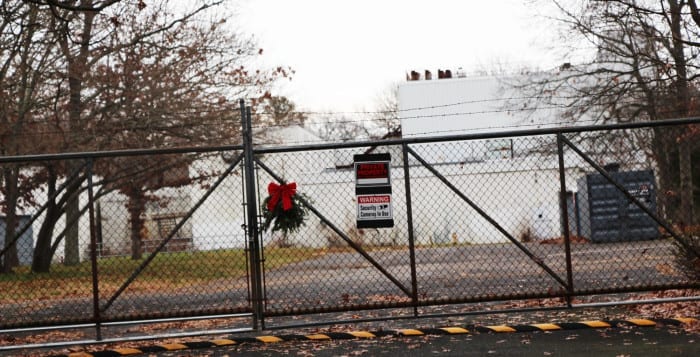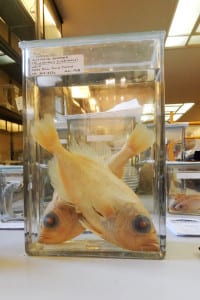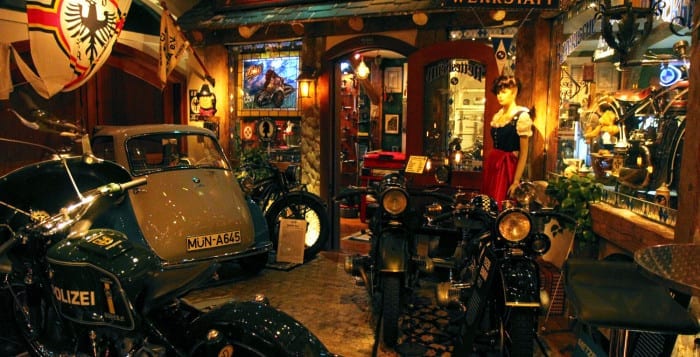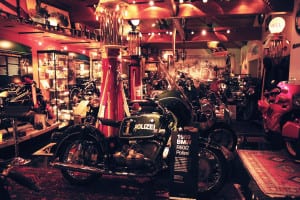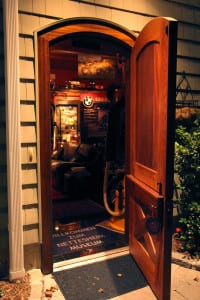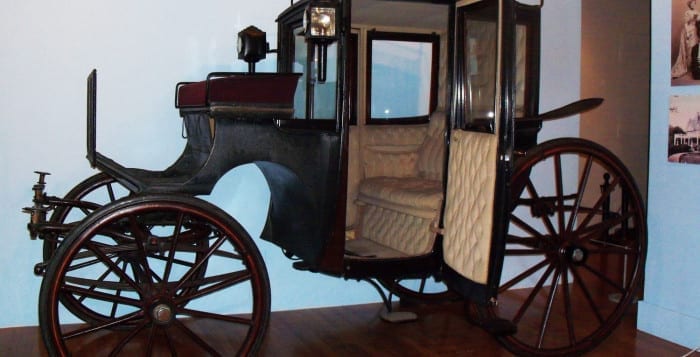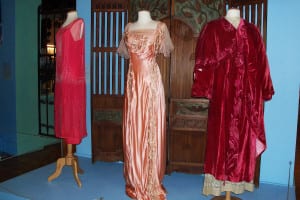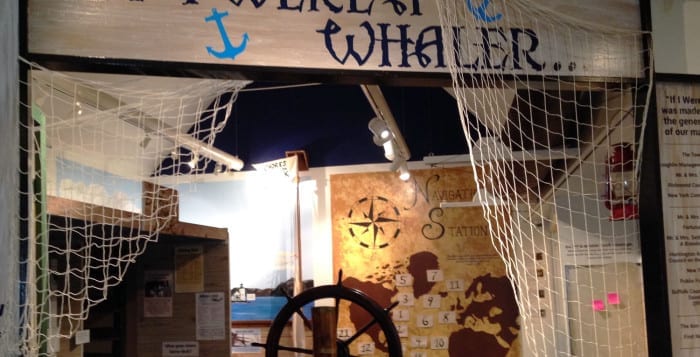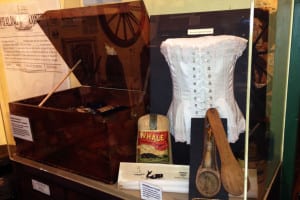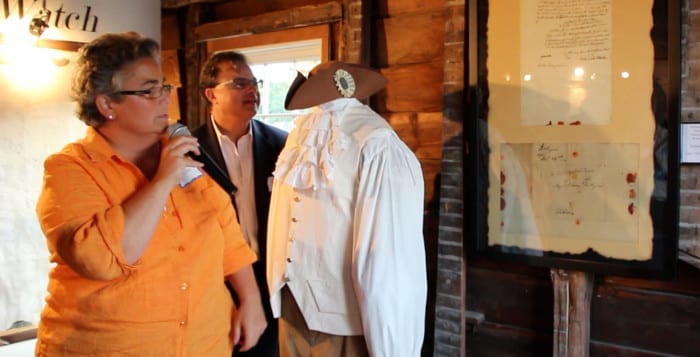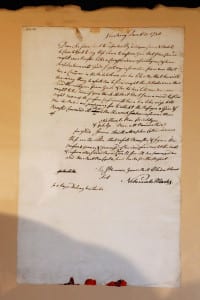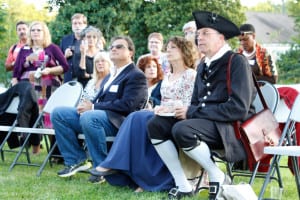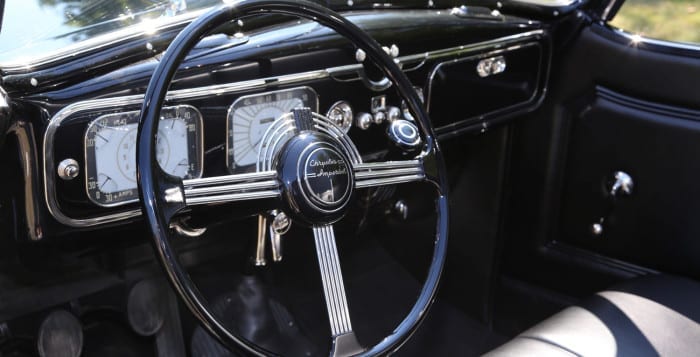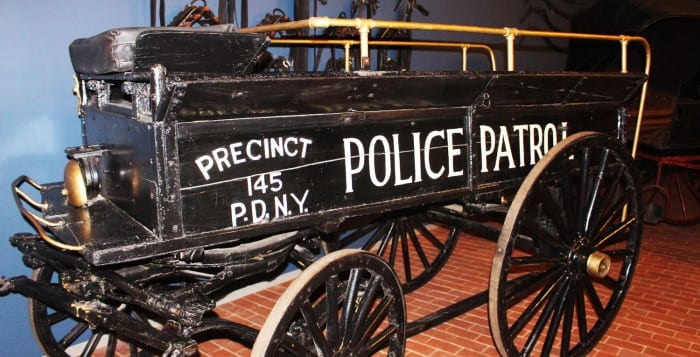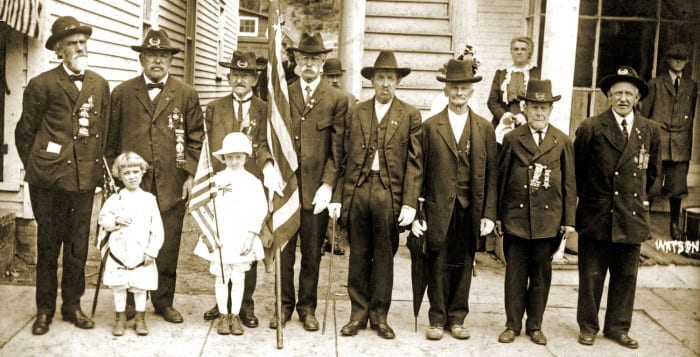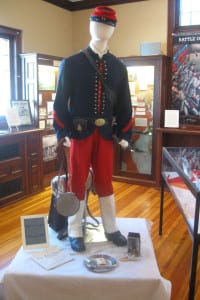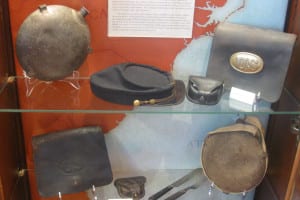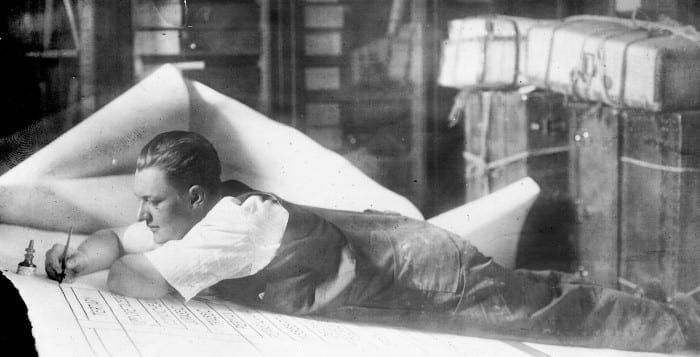Science doesn’t come cheap.
So it was a pleasant surprise for the Tesla Science Center at Wardenclyffe when the New York State Regional Economic Development Councils announced the center will receive two grants totaling $700,000. While the center has yet to receive the grants, the NYSREDC’s 2015 awards notice for Long Island is proof the grants are forthcoming. The state agency did not reply to messages prior to publication.
The center is slated to receive $200,000 through the Market New York grant program, which tackles public relations and increasing tourism, among other responsibilities. The remaining $500,000 will go toward the center’s Wardenclyffe site. The center is currently redeveloping this property and plans to establish the Nikola Tesla Museum and Science Center. The site is the last remaining laboratory of Tesla, a prominent inventor in the late 19th century and early 20th century.
According to Tesla Science Center President Jane Alcorn, the center applied for the grants this past July. Alcorn added applying for the grants is a competitive process as there are many applicants for these grants.
“It’s very exciting to have funds to promote our project and to work on the redevelopment of Wardenclyffe,” Alcorn said in an email.
Initially, the Tesla Science Center at Wardenclyffe was known as Friends of Science East Inc. While its name changed, the not-for-profit mission to develop Tesla’s only existing laboratory site into a science center and museum remained the same.
In 2009, when Brookhaven Town Superintendent of Highways Dan Losquadro was a Suffolk County legislator and former state Assemblyman Marc Alessi was still in office, the two announced plans to acquire the 16-acre property. Former town supervisor, Mark Lesko, and state Sen. Ken LaValle (R-Port Jefferson) were also part of this effort to acquire and preserve the property on behalf of the state and town, according to an article on the Tesla website.
Alessi emphasized its importance as the last Tesla lab in the world. He added that the site was culturally and historically significant as a result.
“We need to ensure that it is protected so that future generations can continue to enjoy this landmark,” Alessi said in the article.
Regardless of these officials’ plans, Friends of Science East purchased the property in 2013. The organization also hoped to preserve the site and make improvements.
Tesla built his facility in Shoreham in 1901-03. It was a small brick building no bigger than a schoolhouse. Yet behind the building was a 187-foot tower that Tesla intended to be a wireless power transmission station, which Tesla claimed would produce wireless electricity.
Now years later, the Tesla Science Center at Wardenclyffe is looking forward to a brighter future for the site, and hopes to be able to do even more.
“We hope to apply for additional grants in the future [that] will assist in the continuation of progress toward the Tesla Science Center at Wardenclyffe opening day,” Alcorn said.

